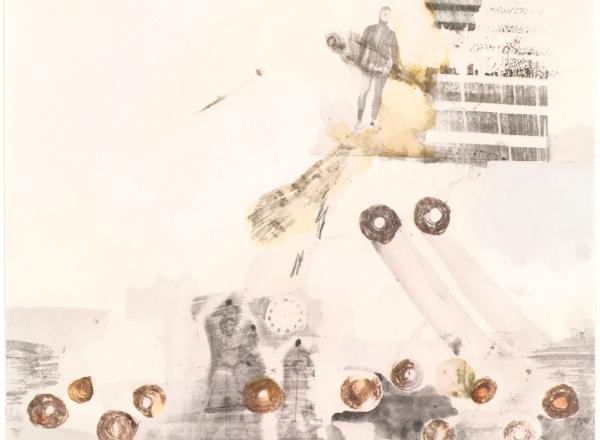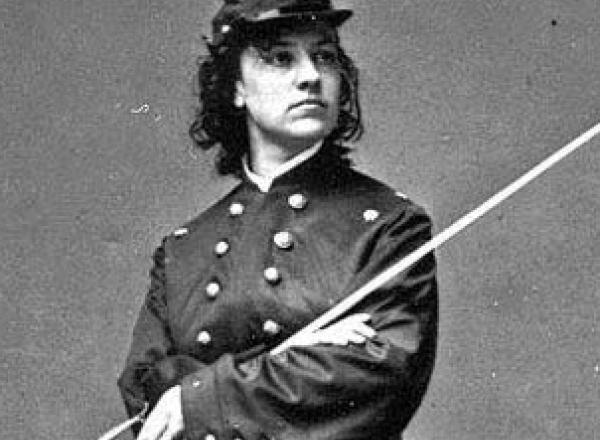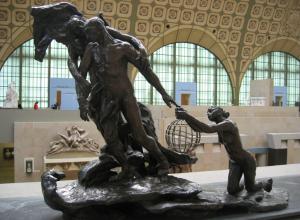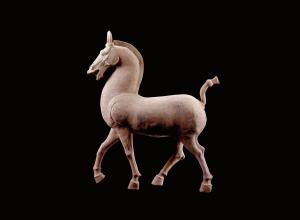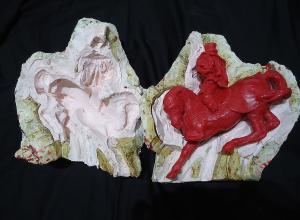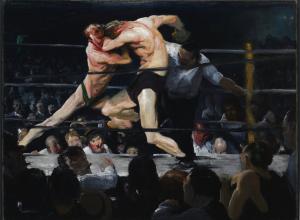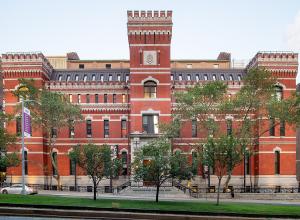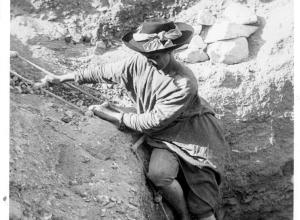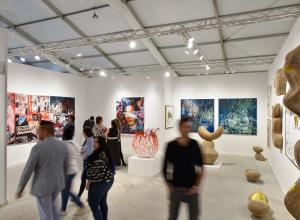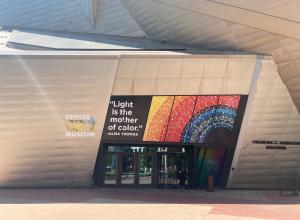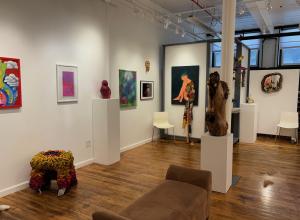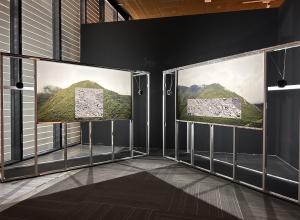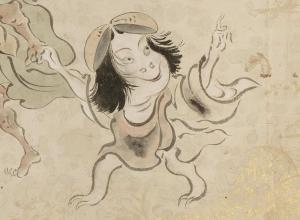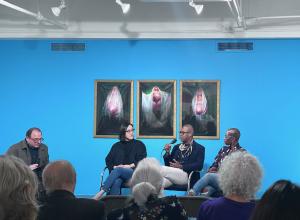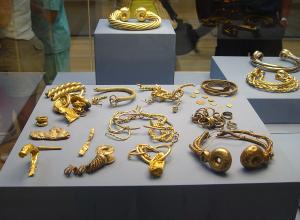Born in Paris in 1840, Claude Monet became a master painter whose works have become synonymous with the Impressionist movement he helped found. Here are ten little-known facts about the life of Claude Monet.
Art News
RiNo Art District envelops three Denver neighborhoods and features more than 200 murals. The outdoor gallery transformed neighborhoods once known for their mucky riverbeds and some of the world’s worst air pollution into a destination that draws visitors.
Painted over the past three years, Plants and Animals, Jonas Wood’s current show at LA’s David Kordansky Gallery, features twenty-five new works that seem like snapshots of quarantine views from windows, isolated landscapes, and interior roomscapes.
The arrival of a traveling exhibition entitled Peace, Power & Prestige: Metal Arts in Africa comes as no surprise. Represented in everything from jewelry and weaponry to currency and identity, the importance of metalwork in Africa spans decades.
Early this February, Houston Metro announced the installation of commemorative seat covers to honor Rosa Parks on her birthday. Unfortunately, though perhaps unsurprisingly, the covers struck a nerve—particularly in the Twitter-sphere.
Dr. Martin Luther King Jr. has had quite a lasting international impact. This sentiment holds within every event, tribute, or art piece created in his honor. Over the decades, artists have shared their admiration for MLK through various mediums.
In 1958, Robert Rauschenberg began a difficult series of illustrations of Dante Alighieri’s fourteenth-century poem Inferno. The thirty-four mixed-media images foreground the process of their construction as much as their literary subjects.
Few colors are as politically charged as pink. Though today it is considered feminine throughout much of the world, up until around the mid-twentieth century, Westerners viewed the color as either genderless or masculine.
Anyone familiar with the Midas touch of Philip F. Anschutz won’t be surprised that the magnate has amassed one of the most impressive and important private Western art collections in the world.
The exhibition highlights the popularity of the cartes de visite in American society of the early 1860s and how becoming a carte de visite meant being famous, or at least, worthy of collection. Women were no exception to this trend.










